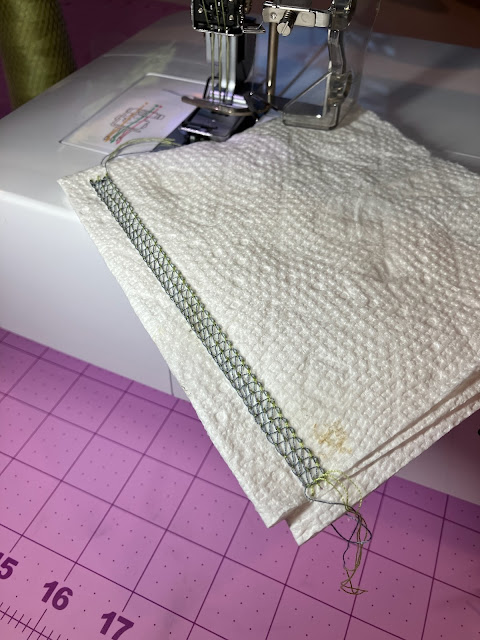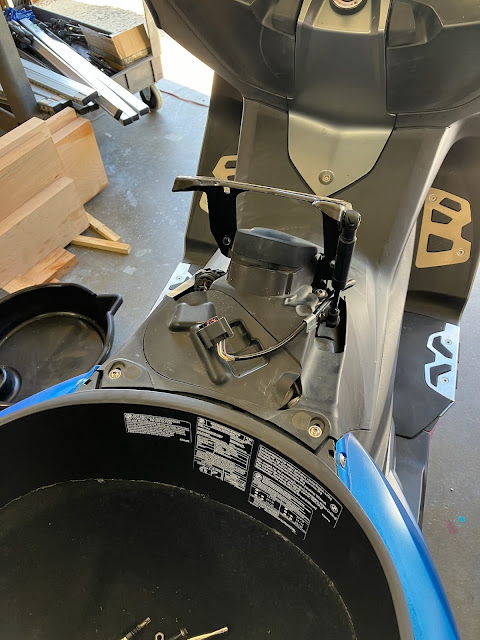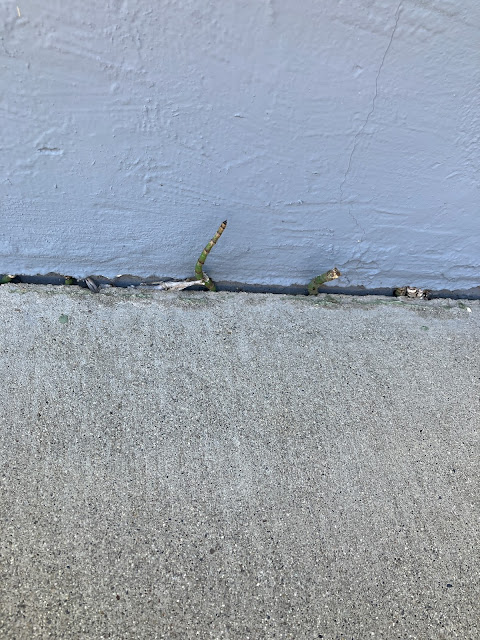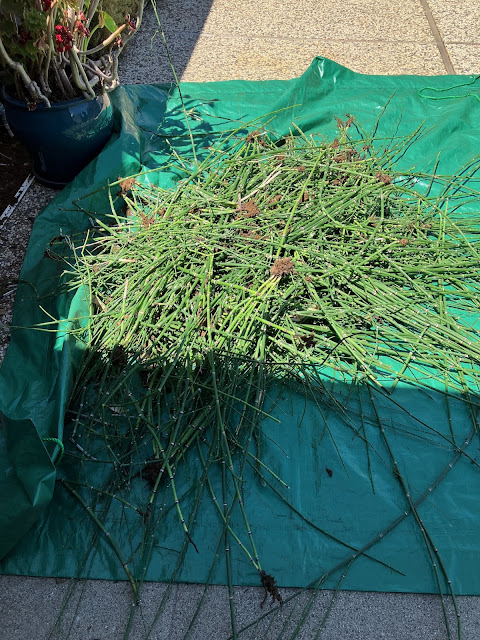Soooooo this followed me home.
This is a Consew 18 walking foot industrial sewing machine. It is a clone of the Singer 16-188, and dates back to the 1940s, at least in terms of its initial introduction. I don't actually know what the full production run of this model was, or what year this particular unit dates from.
Now you might ask why I've brought home another sewing machine, and the answer is "it was 'broken' and therefore extremely cheap". If you know me, you know that a broken sewing machine is just a functional sewing machine that someone doesn't know how to use, and this one was no different.
When I went to pick up the machine from the CL seller, who happened to only live about a 10 minute drive away, I gave the handwheel a spin to get a feel for what might be wrong, and I quickly noticed that the inner and outer walking feet were hanging up on each other.
Now "inner" and "outer" is a bit misleading in this machine's current set-up, since this walking foot set is for zippers or welting and thus the outer foot has only a single toe instead of two, but the convention is that the foot that the needle goes through is considered the "inner" foot, and the other one is the "outer" foot.
Anyway, once I got the machine home, the diagnosis couldn't have been easier.
The screw holding the outer foot in place was simply too long, and it was hanging up on the inner foot. I initially thought I might have to modify this screw to grind it down, or maybe order a replacement, but it then occurred to me that both feet are held on by screws with the same thread.
And the one that's supposed to be used for the outer foot is just a wee bit shorter than the one used for the inner foot (which doesn't have any interference concerns).
Ok, that's one problem down, but there was still one to go. When I looked at the photos on the CL ad, I noticed that the needle plate screws weren't screwed in all the way, and that was a good sign that there was a problem brewing somewhere in that area.
Now the feed dogs on industrial machines can sometimes cause a bit of a fuss, because they're not always manufactured to the exact same specifications. This is accounted for by the mounting screw holes having a little slop, and the idea is that you're supposed to lightly snug the screws at first, then put the needle plate in place to line up the feed dog with it, and then remove the needle plate again to tighten down the feed dog screws.
I tried to do this, but every time I cycled the machine, the feed dogs seemed to get knocked out of alignment, which didn't seem right. That's when I realized that someone must have messed with, or didn't know that they should have adjusted, the feed dog offset adjustment.
You see, the feed dogs are driven by a pair of shafts on the underside of the machine. In the case of this machine, the shaft towards the operator side controls the up and down motion of the feed dogs, while the shaft at the rear controls the fore and aft motion. Both of these shafts have a clamp that can be loosened so that you can adjust the height of the feed dog, as well as its position within the needle plate, respectively.
For the height adjustment, the clamp is just next to the hook area underneath the machine, and for the fore-aft adjustment it's on the opposite corner underneath the column of the machine.
You just have to loosen this screw, nudge the feed dogs back and forth so that they're centered in the needle plate, and then snug it back up again.
Now for the final adjustment, I decided to retime the machine for a different needle system. The machine originally came set up for the 16x63 needle system (as it was, of course, a clone of the Singer 16-188), but that's a somewhat uncommon needle these days. Much more common for walking feet machines is the DBx17 (aka 135x17) system, but that needle is slightly longer (and thus incompatible with) the even more common DBx1, DPx5 industrial needles, and HAx1 (aka 15x1, or 130/705h) domestic needles. So, given that all my other machines take the latter needles, I decided to go for that.
Now if you just install a HAx1 needle in this machine, what you get is a machine that won't sew, since the needle is too short to reach the hook, and thus the hook won't be able to grab the thread and loop it around the bobbin.
Thankfully, the solution is very simple: you just need to loosen the set screw clamp holding the needle bar, which is conveniently accessible through this little hole here.
And then you watch this video where I explain how it all works.




















































